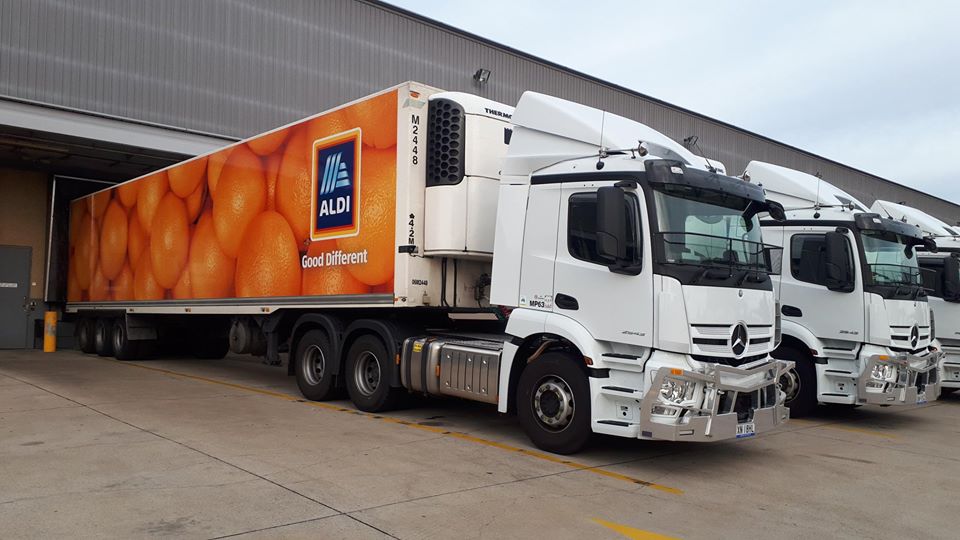
Under stringent stage 4 lockdown measures it appears that Melbourne has passed the peak of its second wave of COVID19 infections.
Unlike the first wave, which primarily hit the more affluent Local Government Areas of Stonnington and Casey, driven by high numbers of returned travellers, the second wave hit areas with lower median incomes, and was driven primarily by community transmission.
The socio-geographic aspects of the spread were highlighted on July 1 when initial quarantine measures sought to ‘ring fence’ the postcodes in which community transmission was highest. Within eight days it was clear that a city-wide approach was needed.
This article explores the association between the industrial character of employment in Local Government Areas (LGAs) and COVID19 spread.
Industry of Employment and COVID19
In order to explore the relationship between industry and COVID19 spread, we looked at the percentage of employed persons working in a given industry, against the number of cumulative COVID19 cases (per 100K of population) at the peak of the second wave1, by LGA.
The percentage of the community working in the Transport, Postal and Warehousing (‘Transport’) sector was highly correlated with COVID19 rates (0.7). Moreso than for any other industry.
This industry covers individuals involved in all forms of passenger (train, tram and bus) and freight transport, as well as warehousing of goods. The distribution of Transport workers across LGAs appears in Figure 1a below.
Figure 1a Community employed in Transport (%) and COVID19 cases (per 100K population) by LGA
It is clear that workers in these industries are over-represented in the far Western LGAs of Melton, Wyndham, Brimbank and Hume. These are also the areas which saw rapid rates of COVID19 increase in July (see Figure 1b).
This data raises the possibility that the people ‘keeping Melbourne moving’ face a pronounced level of COVID19 risk.
Figure 1b Community Employed in Transport (%) and COVID cases (actual) over time, by LGA
Data sources: Time series from COVID19data; Industry data from ABS 2016 Census
The percentage of the community working in the Accommodation and Food Services industry was also positively correlated with COVID19. This is unsurprising given the role of the hotel sector in providing quarantine services.
The percentage of the community working in Public Administration and Safety was also highly correlated with COVID19. This industry classification encompasses police and public service workers. This correlation is unsurprising given the active role of a number of Government Departments, such as DHHS and the Victoria Police, in managing the pandemic.
Finally, the negative correlation between the proportion of the community working in Health care and COVID19 is counter intuitive. In a follow up post, these industry occupations are broken down further into occupational levels. It is shown that there is a high positive correlation the percentage of the community working in health care roles classified as non-Professional (such as aged care workers, nursing supports, paramedics etc) and the incidence of COVID19. This is only rendered visible by looking at data from a hierarchical occupational perspective.
Table 1 Correlation of Industry of Employment and COVID19 cases (per 100K population) on 2 August

This work is licensed under a Creative Commons Attribution-NonCommercial-ShareAlike 4.0 International License.
The rolling seven day average of reported new cases peaked on 2 August 2020↩︎